Training with Alex Honnold: How the free-climbing rock star gets his grip

Alex Honnold’s life is in his hands—those freakishly large palms and sausagelike digits, with fingerprints eroded away from years of wear.
The 29-year-old Californian is best known for his fearless ascents of the world's biggest cliffs—the Nose of El Capitan, which he speed-climbed in record time in 2012 with Hans Florine; and free-solo climbs (without a rope) of the granite crest of Yosemite's Half Dome (2008) and the limestone face of Mexico's El Sendero Luminoso (2014). He has traversed them all with his bare hands, fingertips jammed into crevices and clinging to half-inch shelves of protruding rock to hold his chiseled 5'11", 160-pound frame.
"My friends like to remind me that I have relatively weak fingers," says Honnold, who lives out of a customized van equipped with a kitchenette, bed and storage space. “Aerobic strength and general endurance have come easy but finger strength has always been my biggest weakness.”
A Day in the Life: Rock climber Alex Honnold
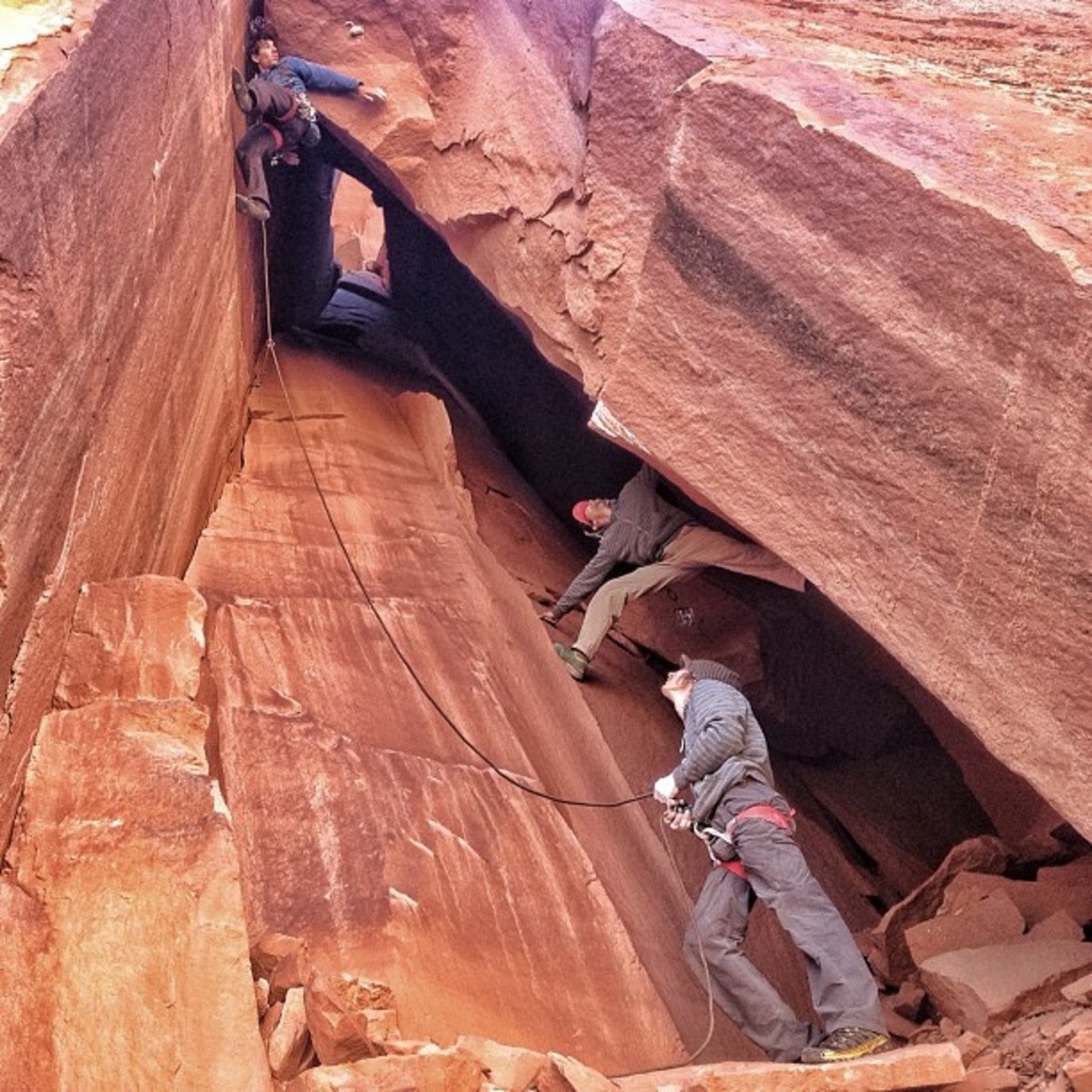
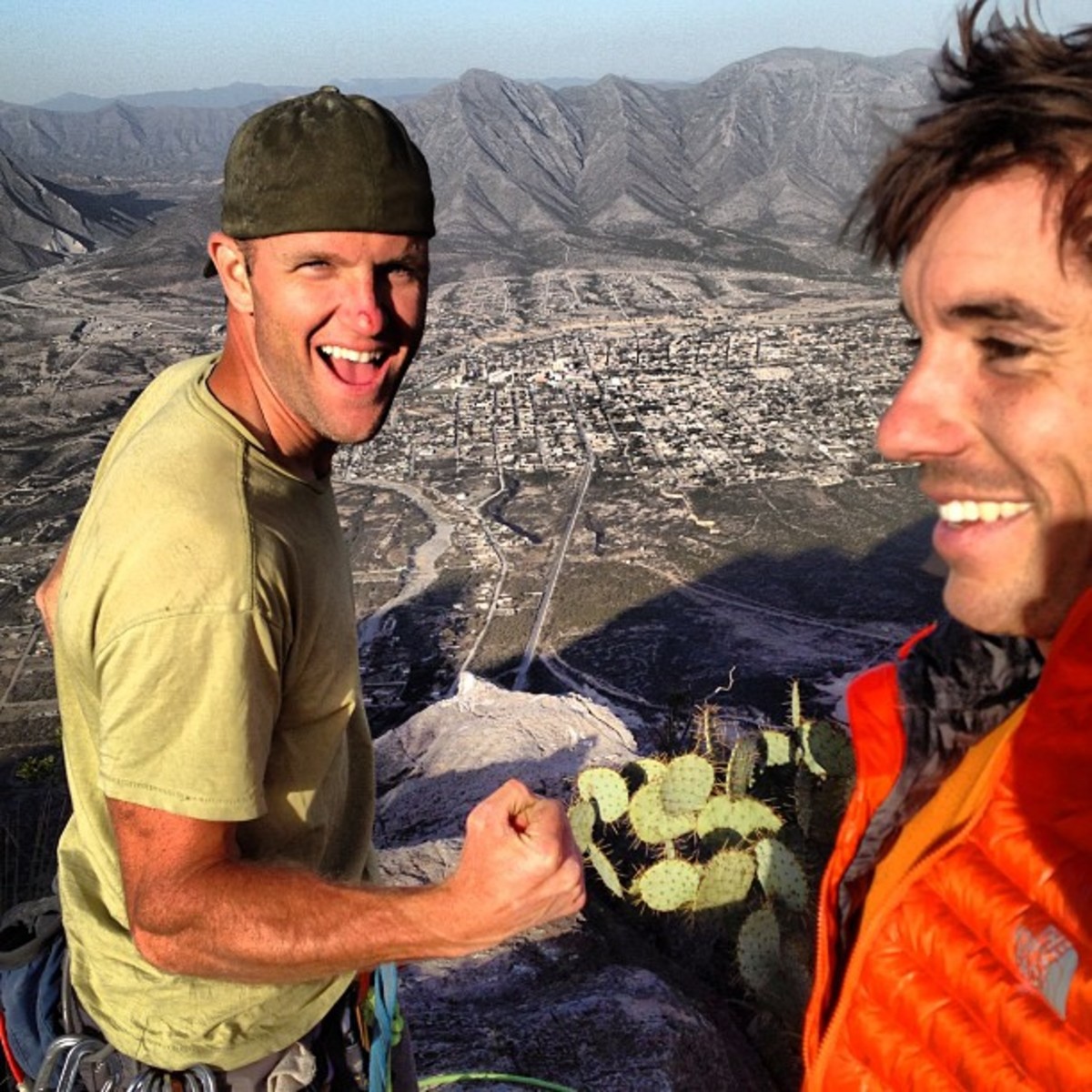
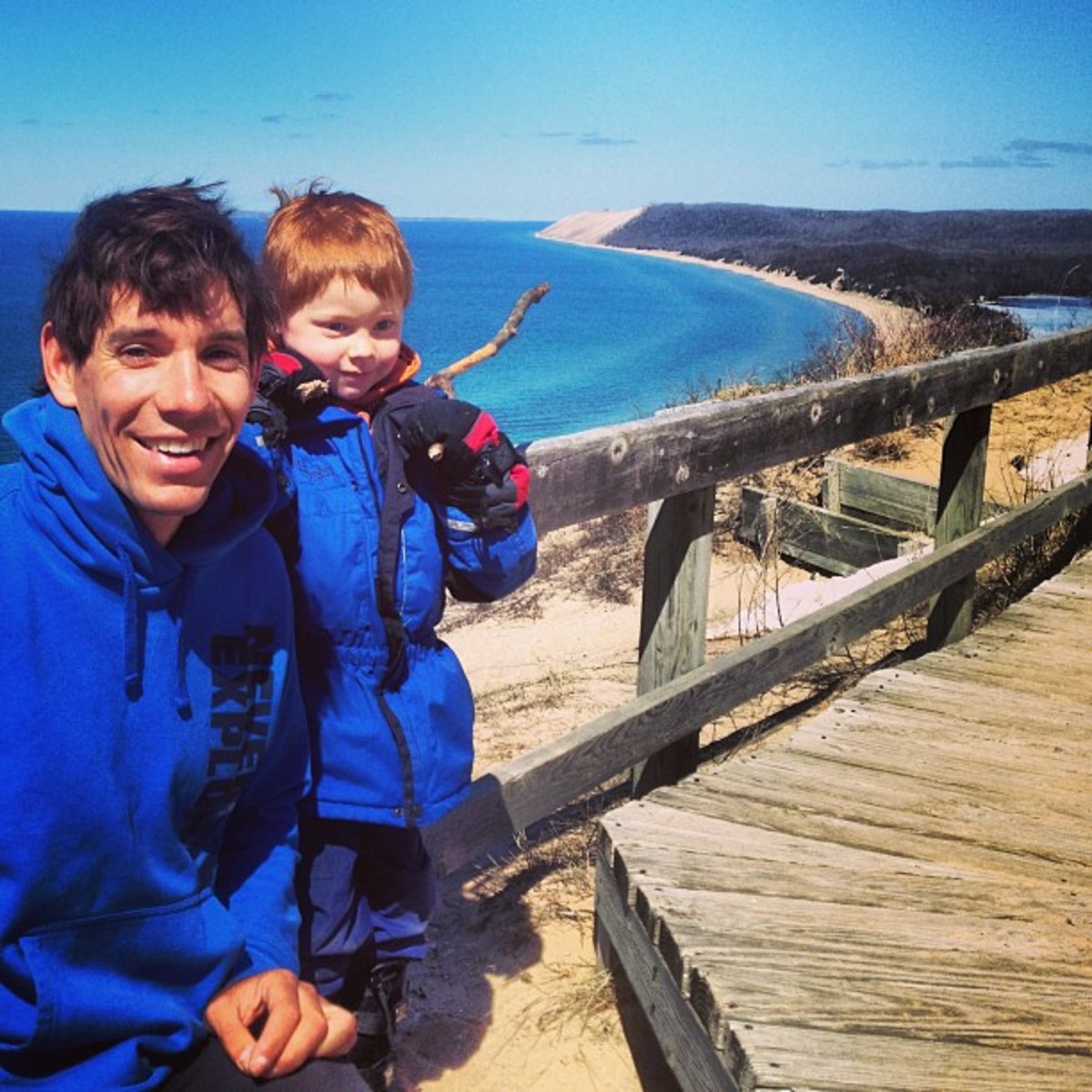
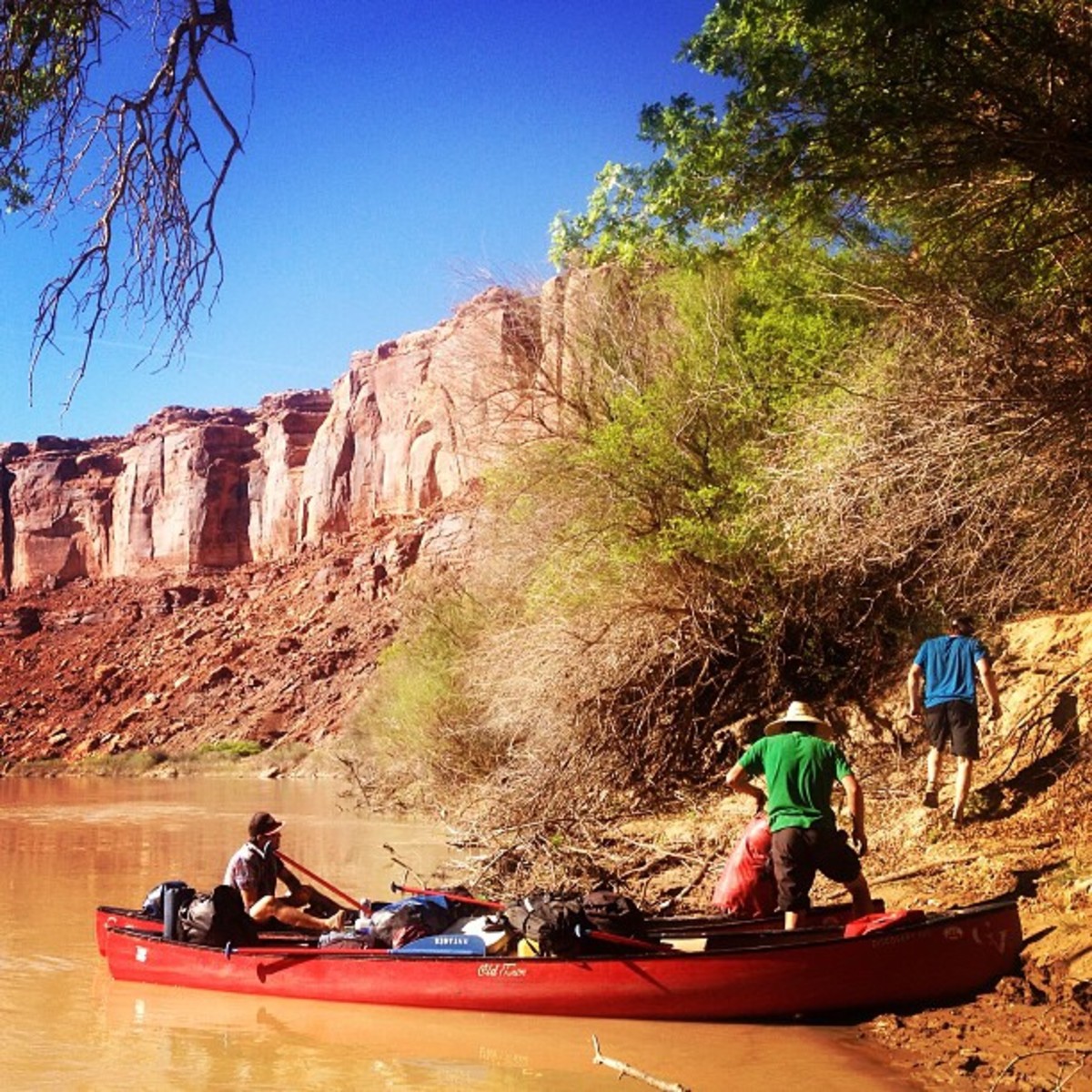
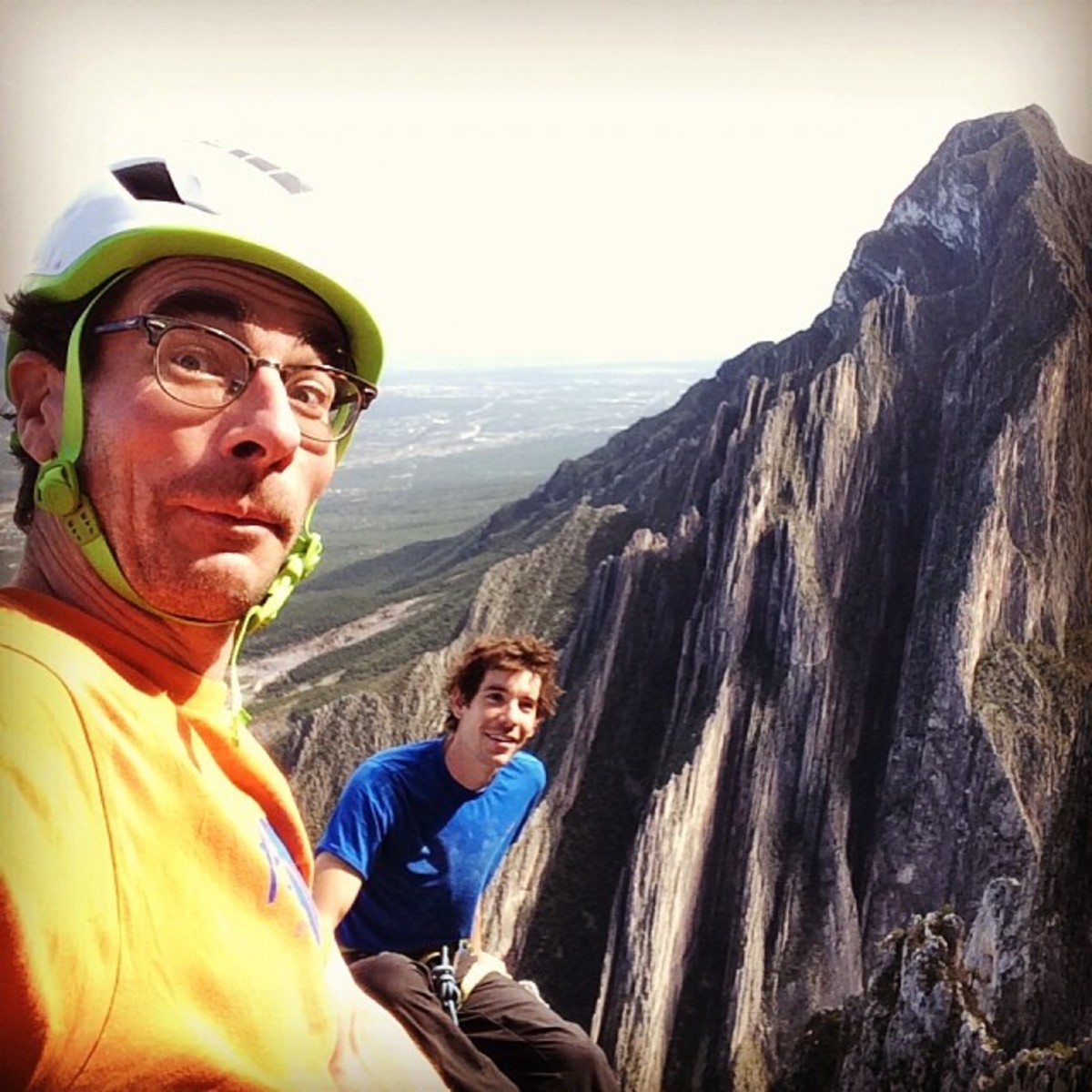
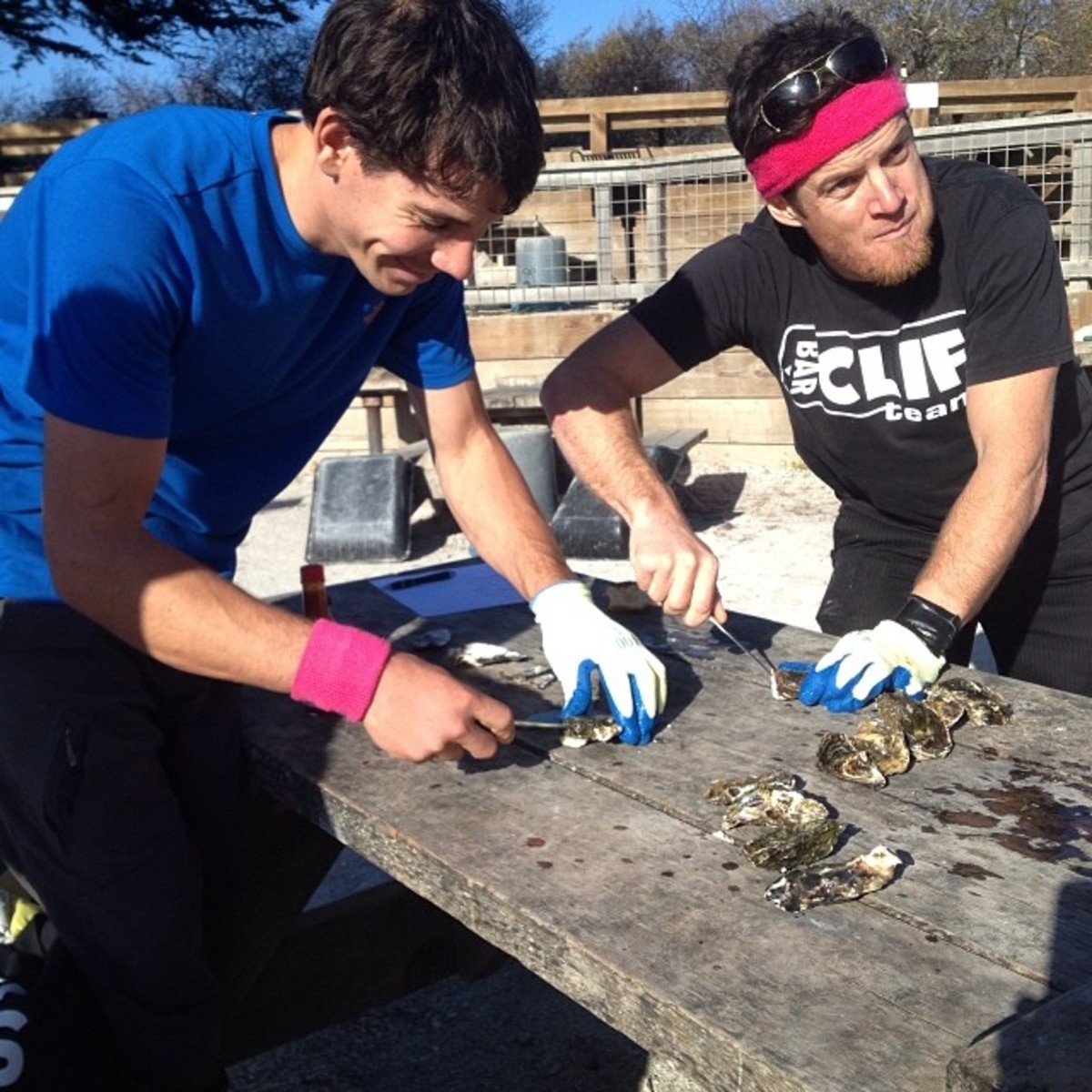
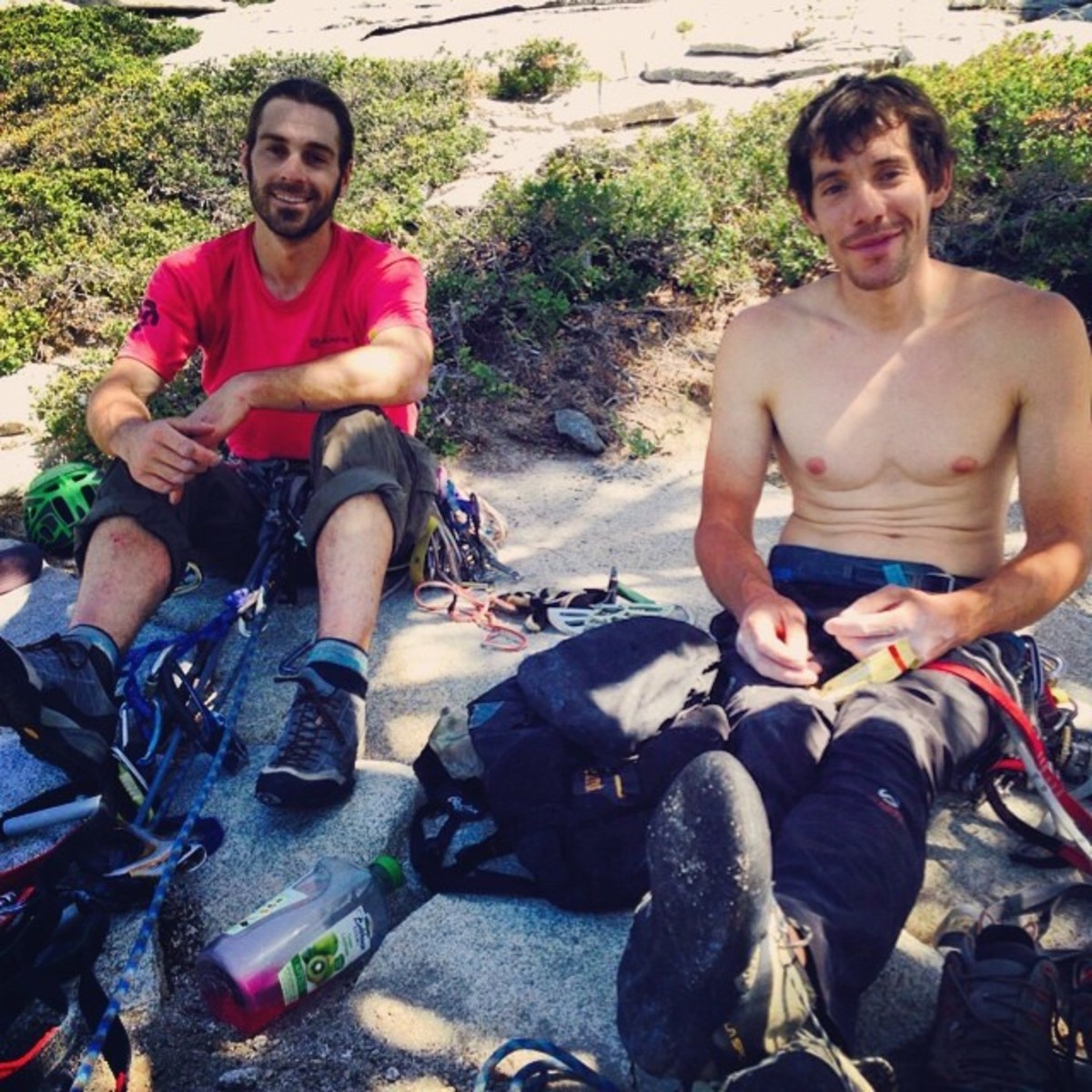
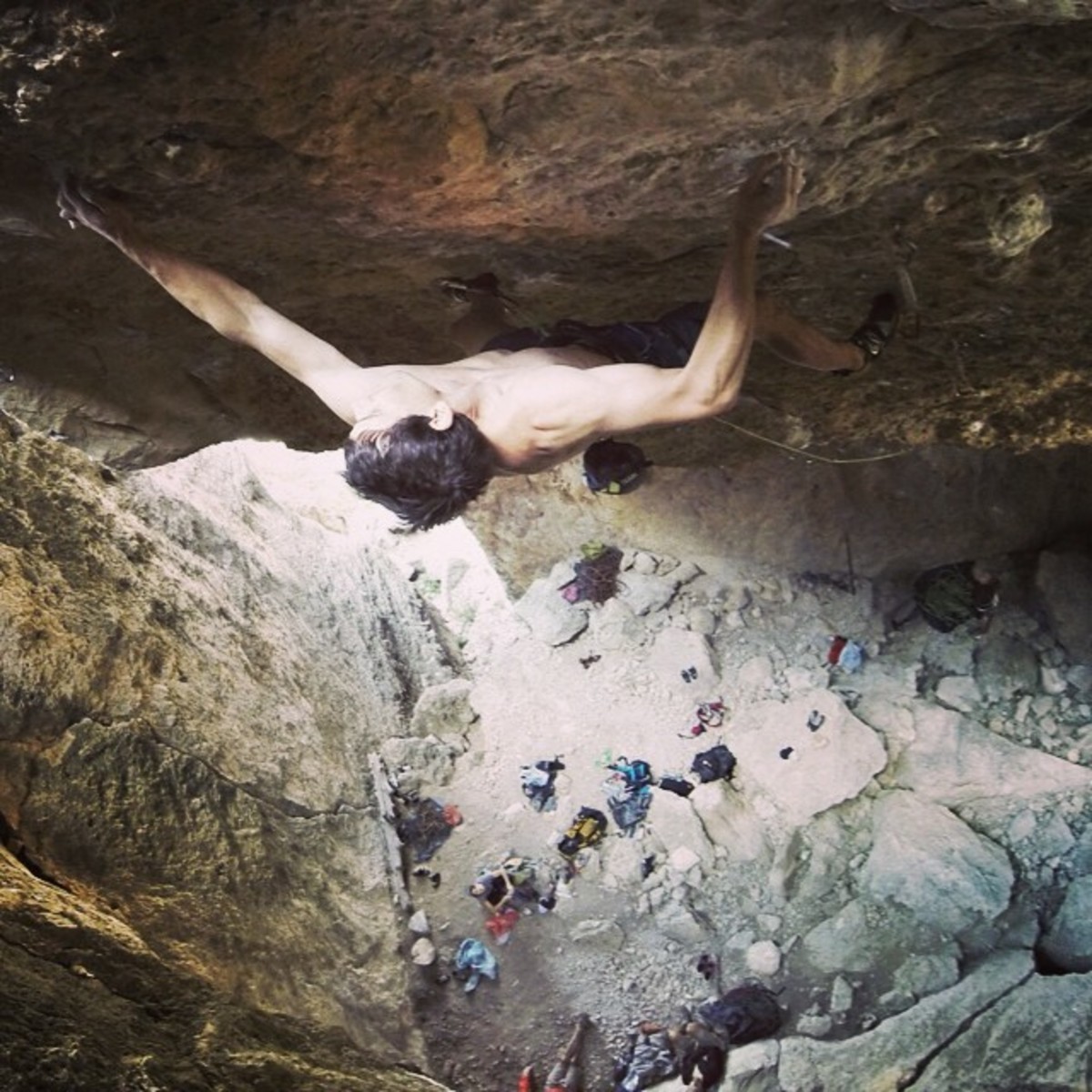
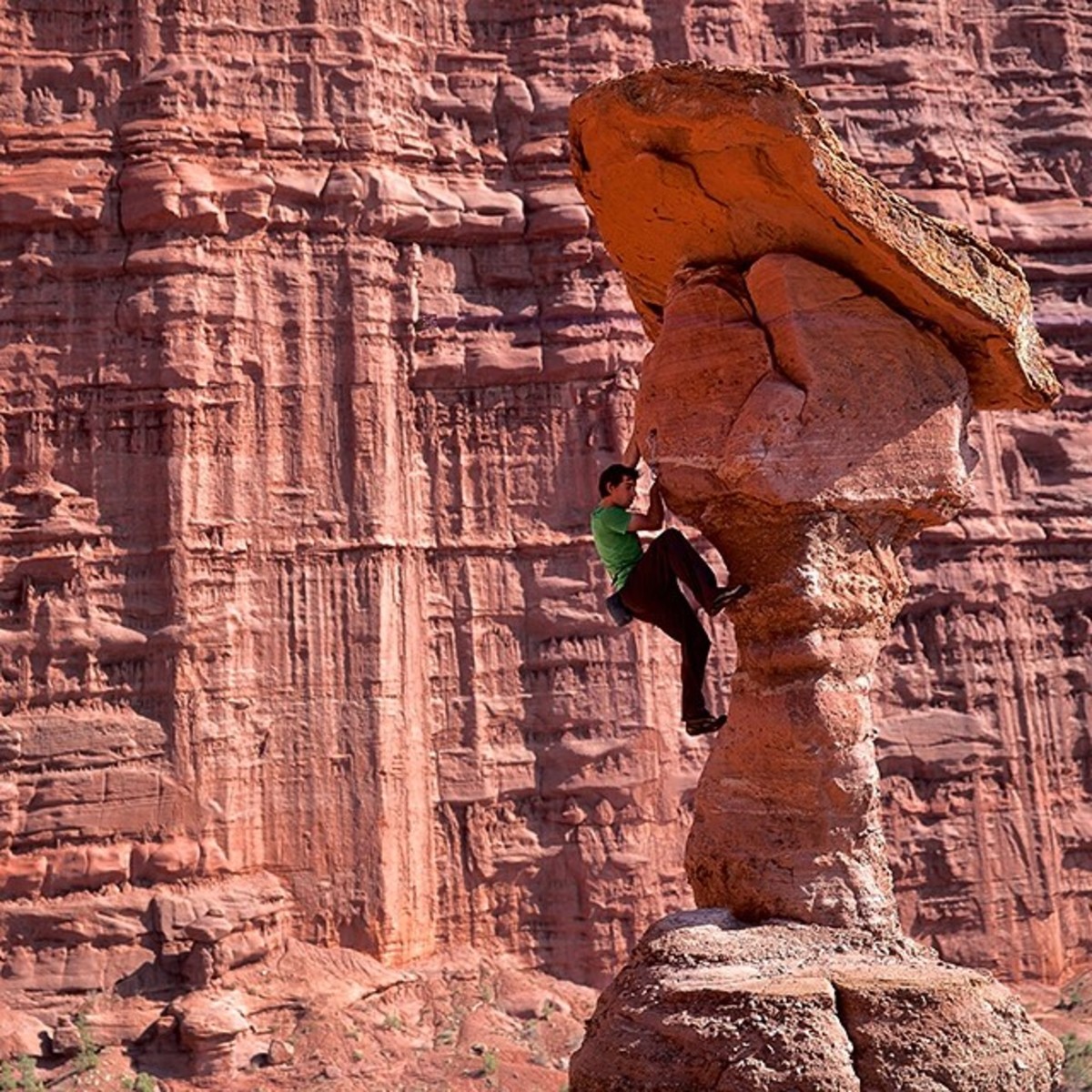
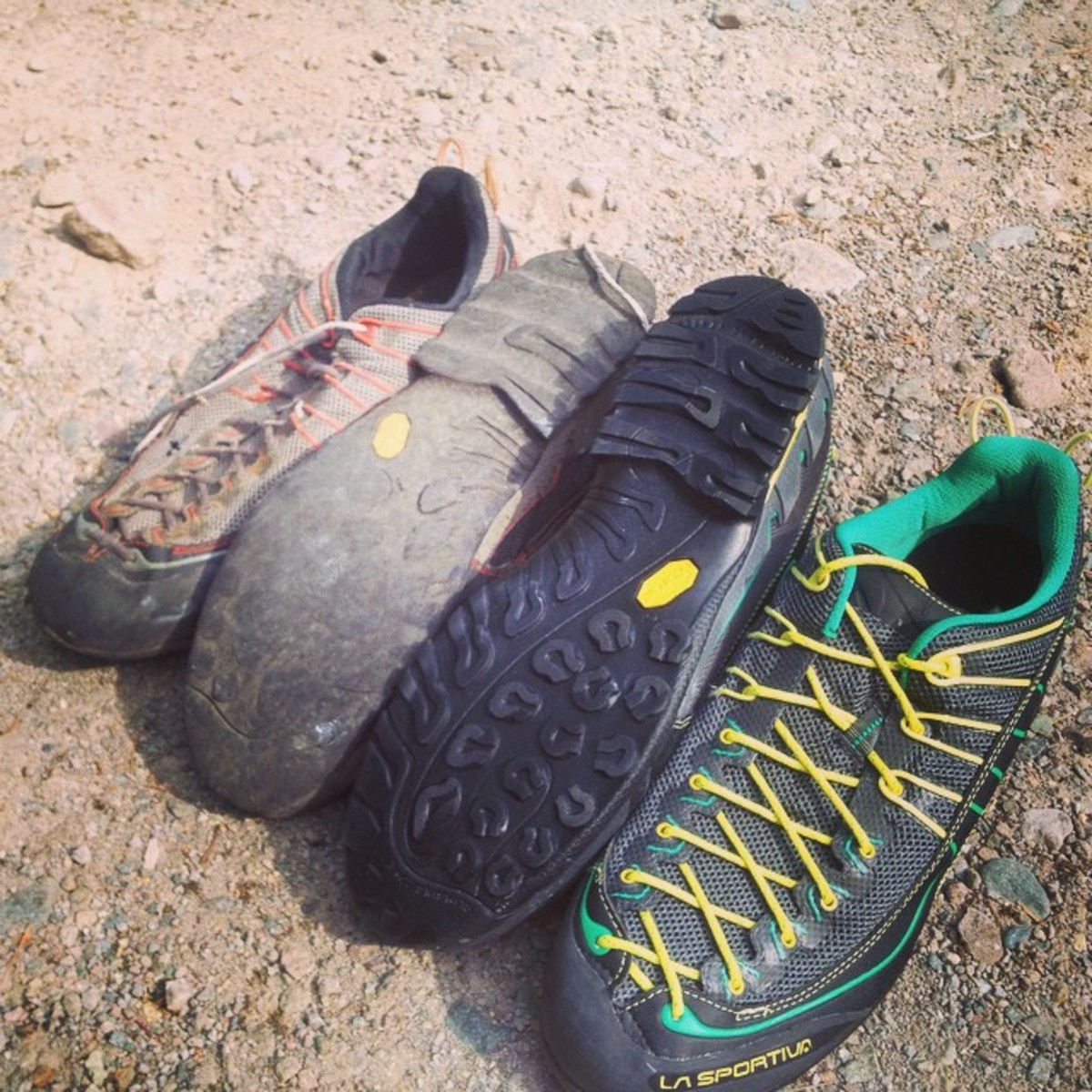
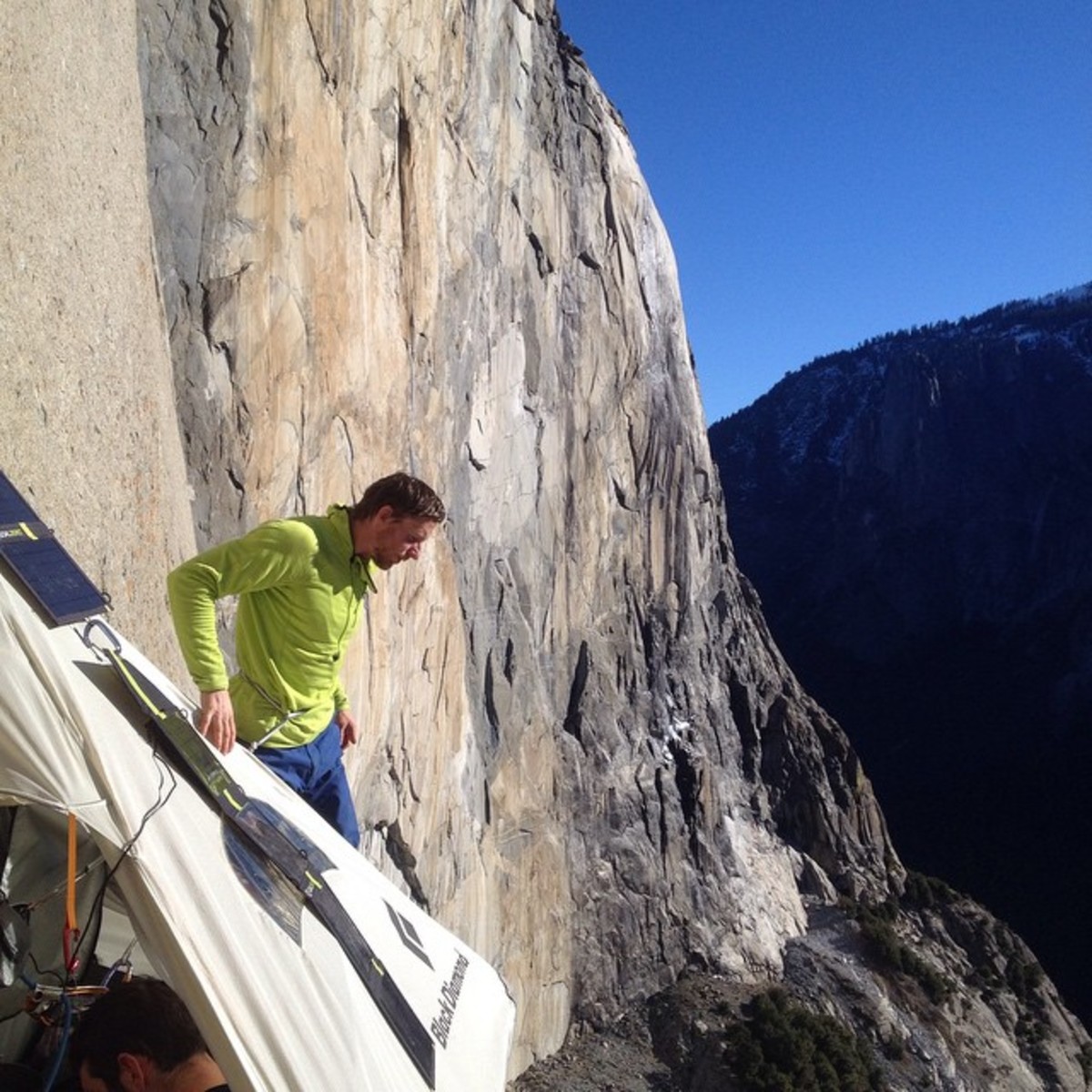
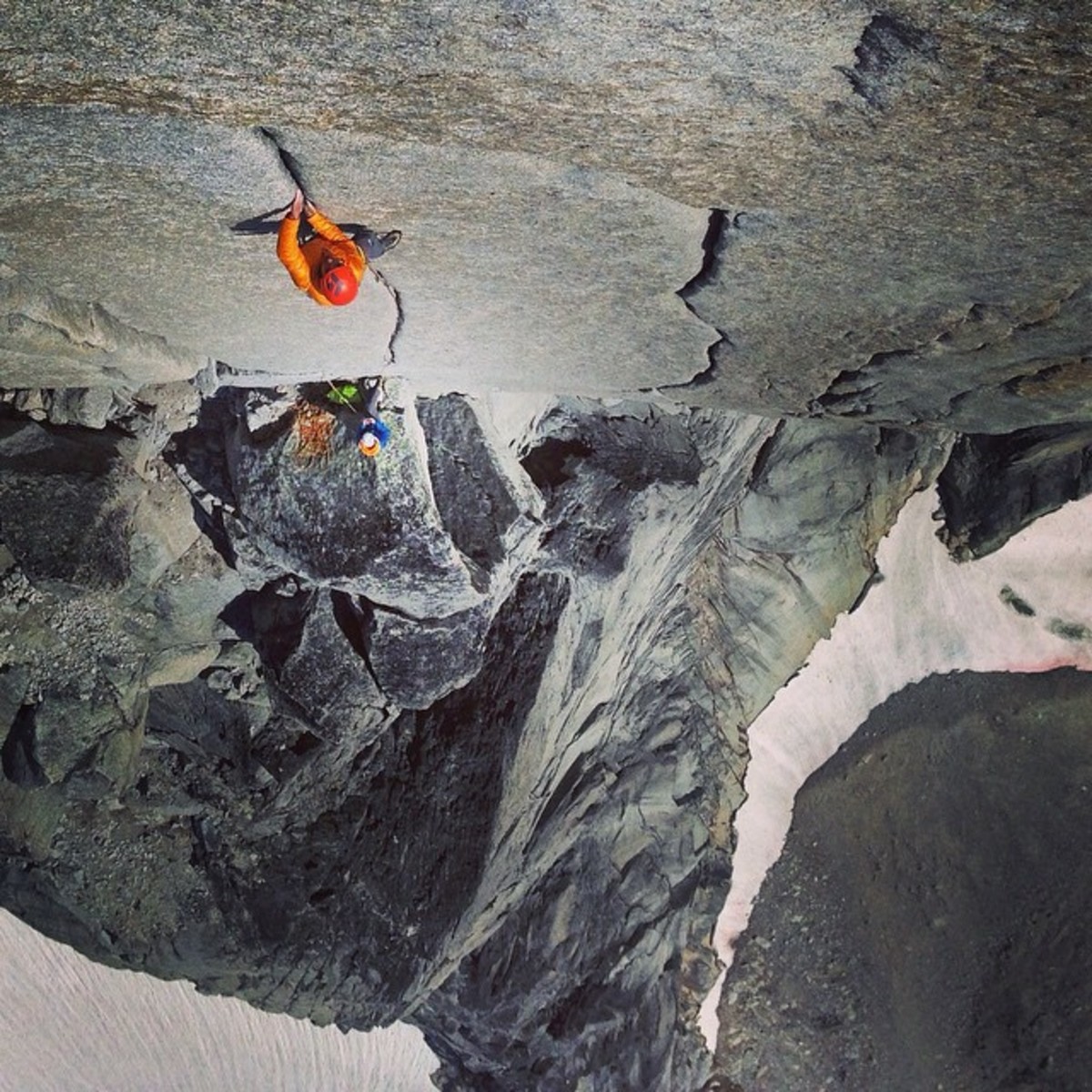
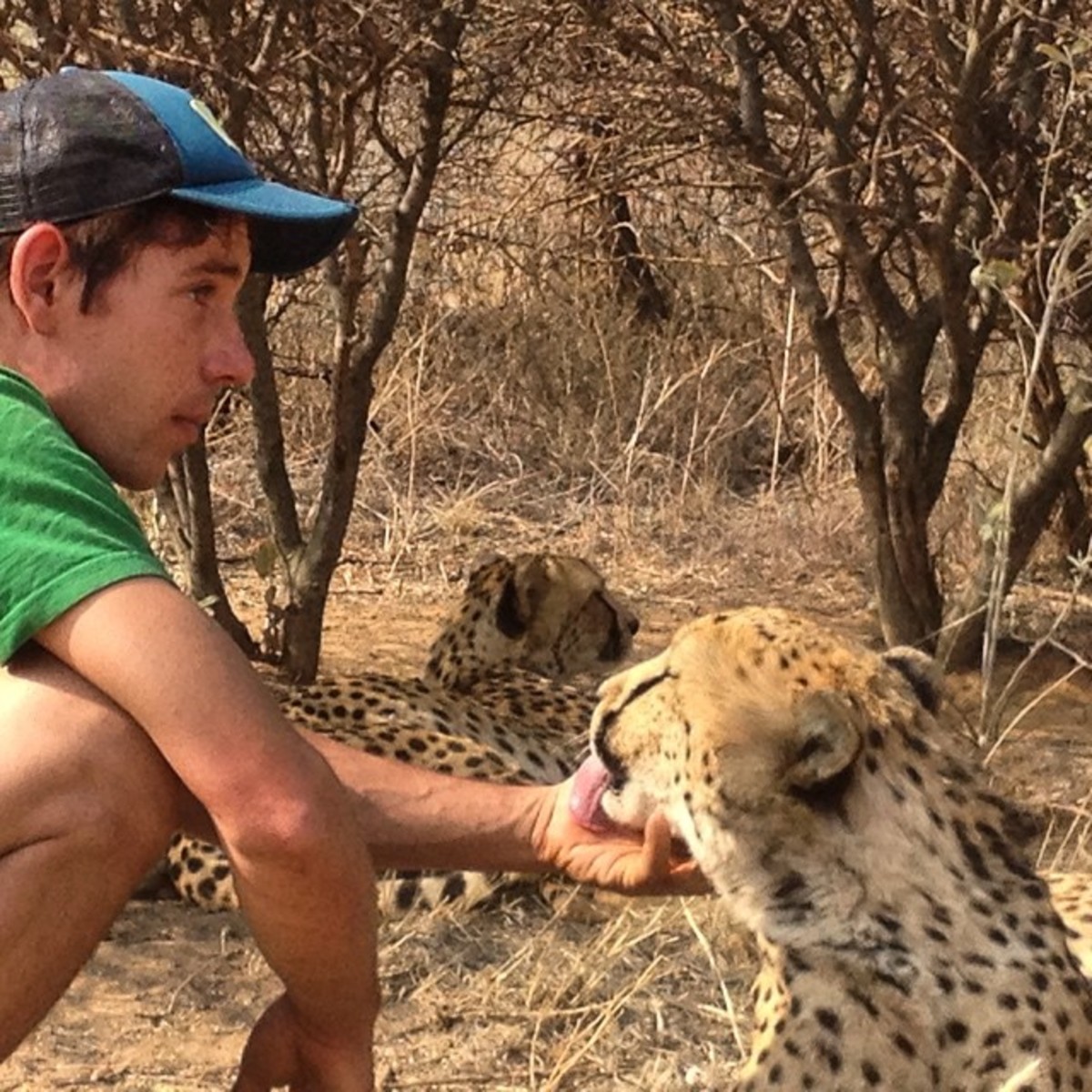
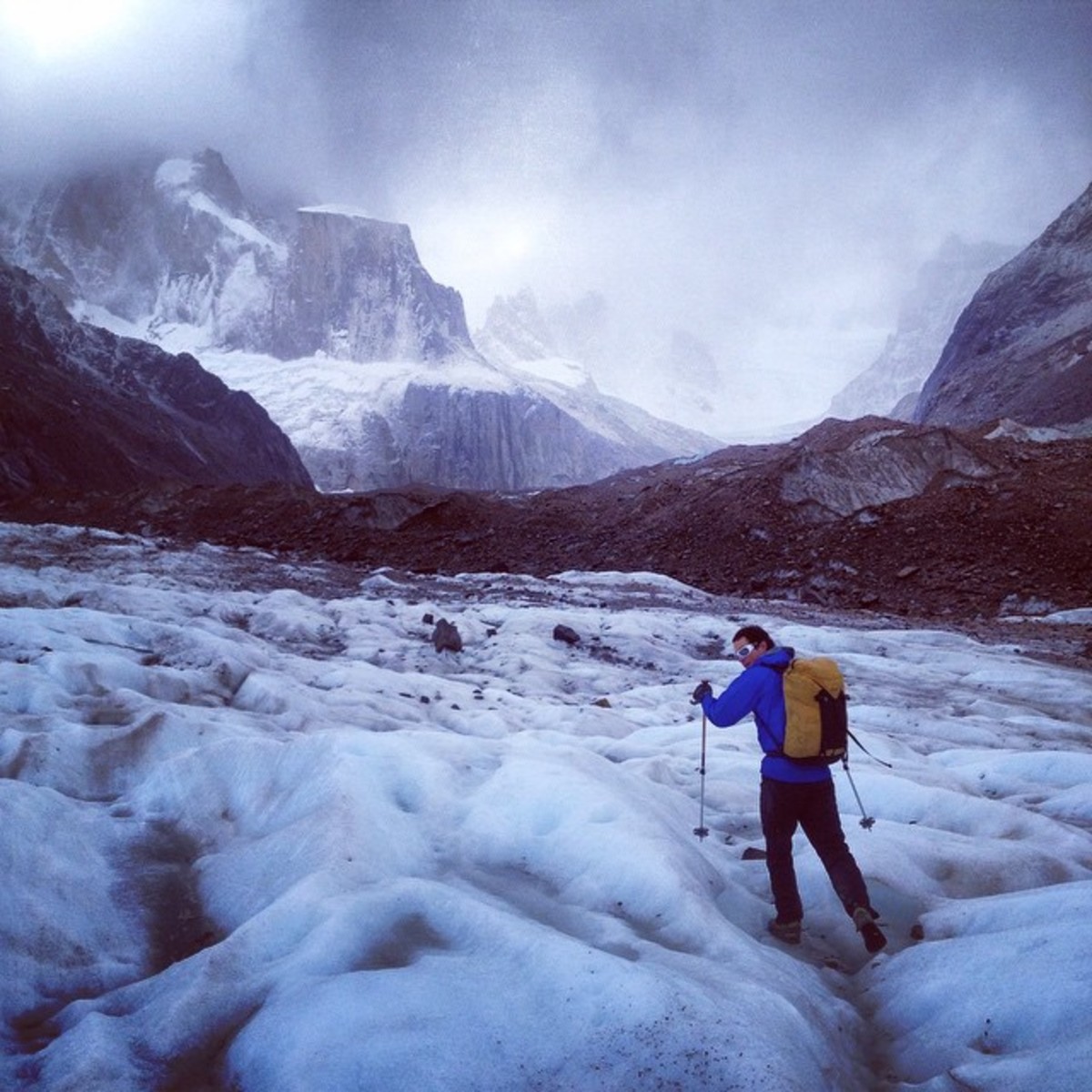
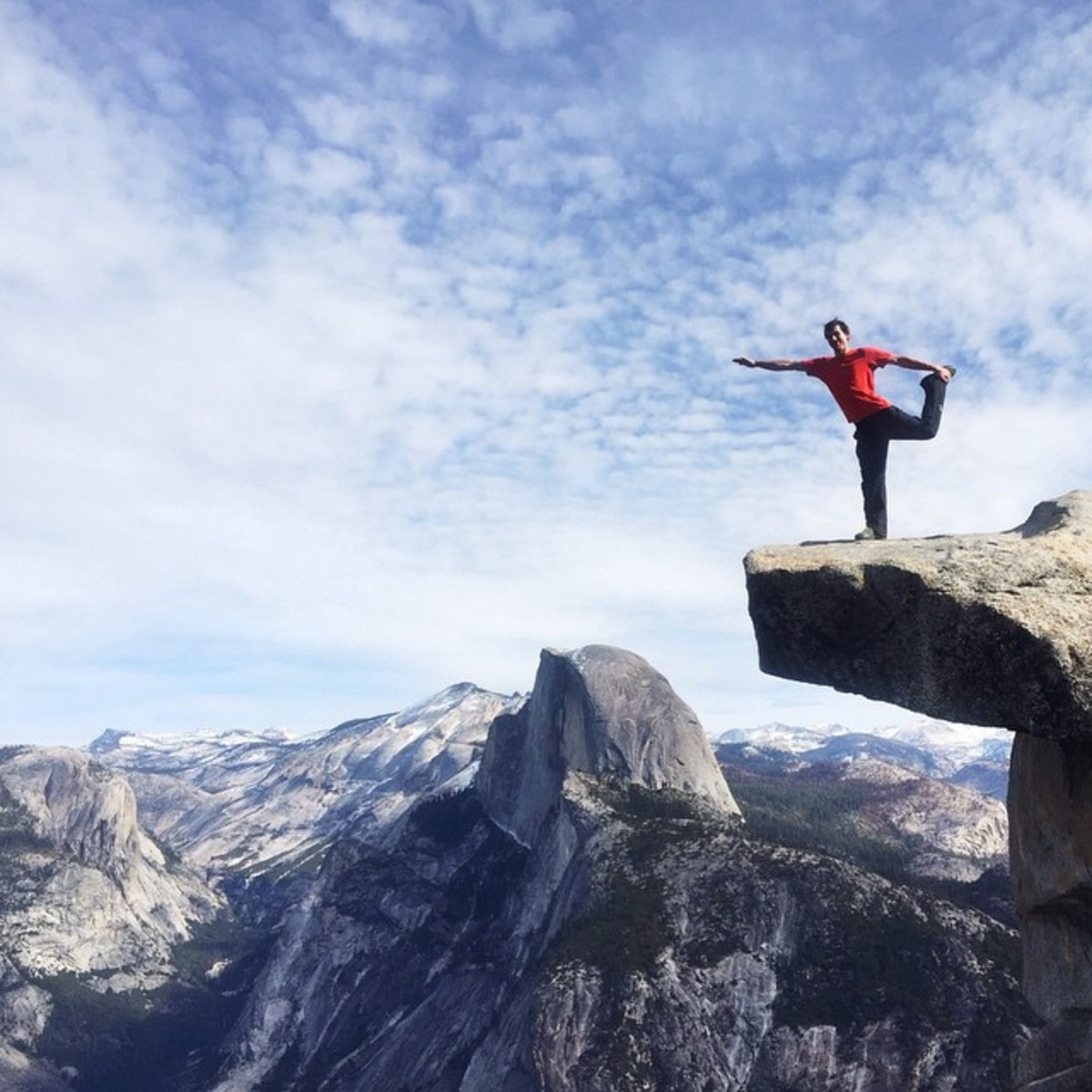
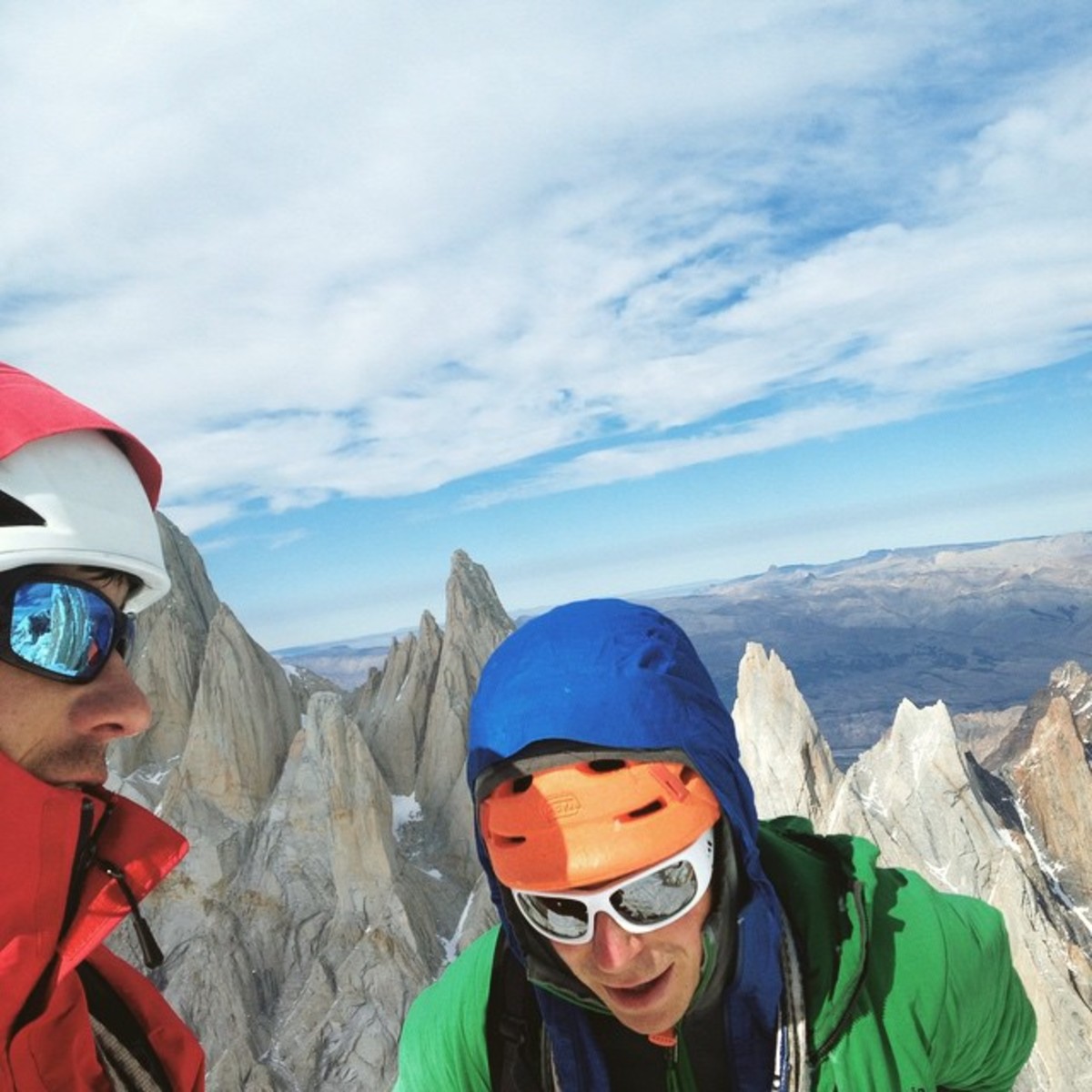
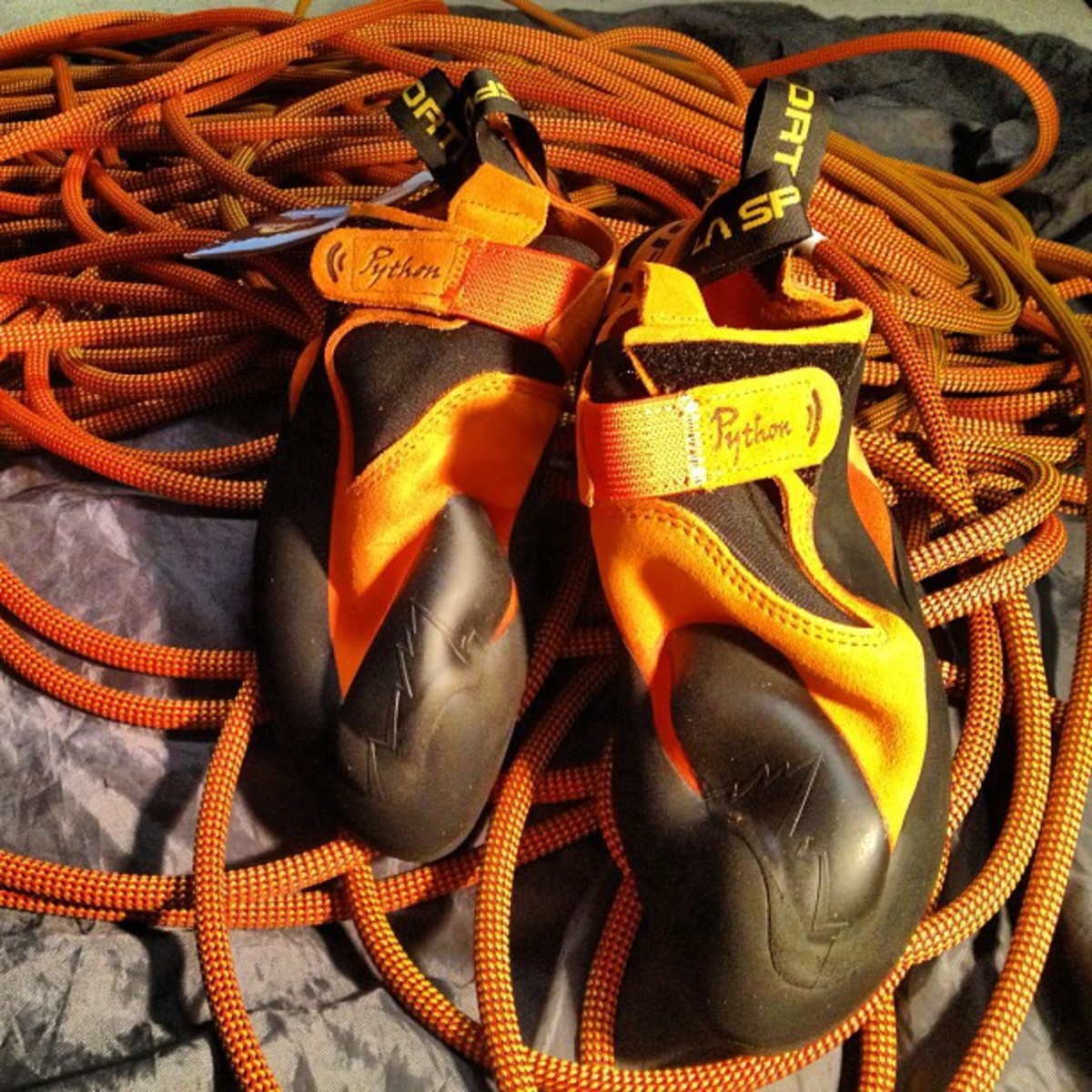
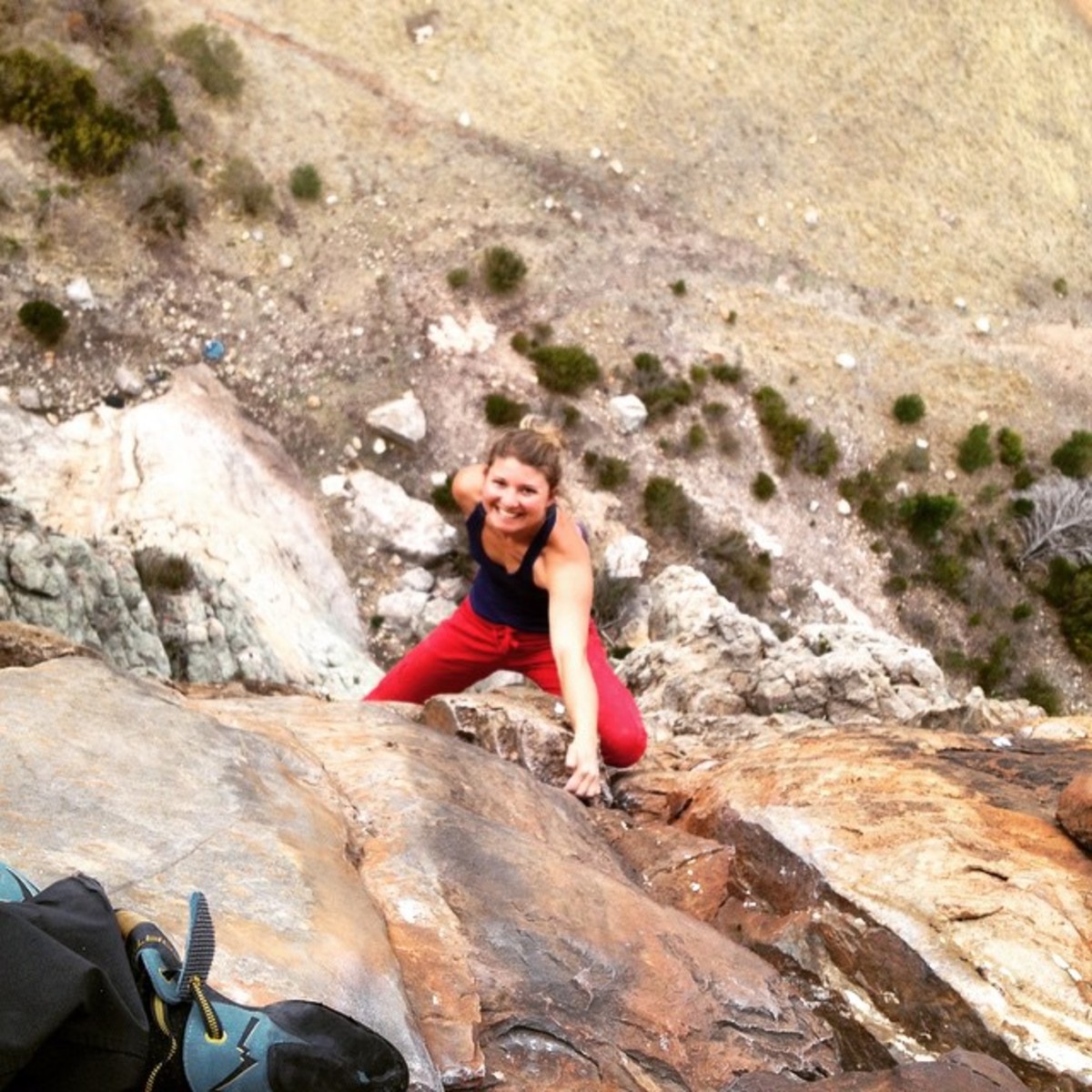
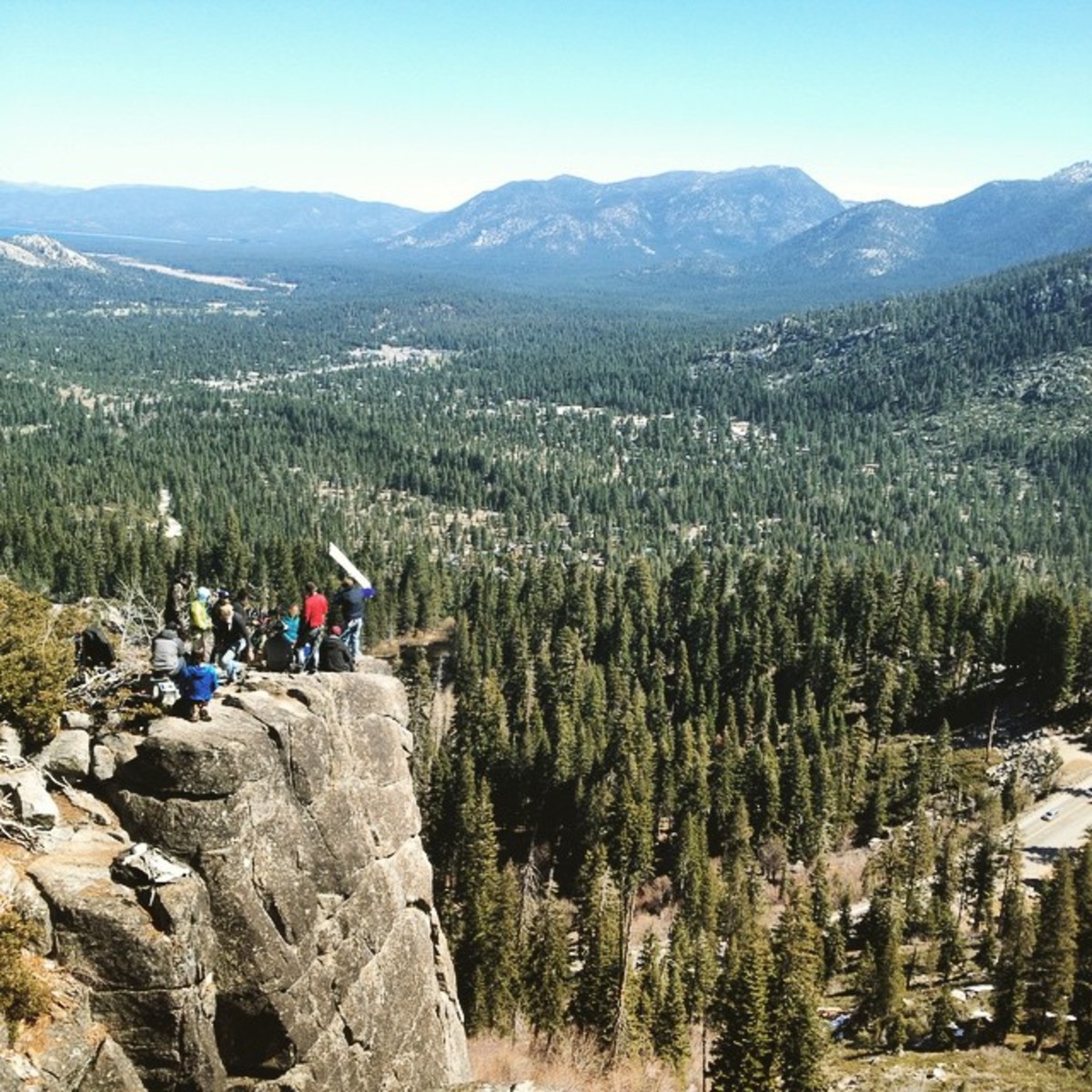
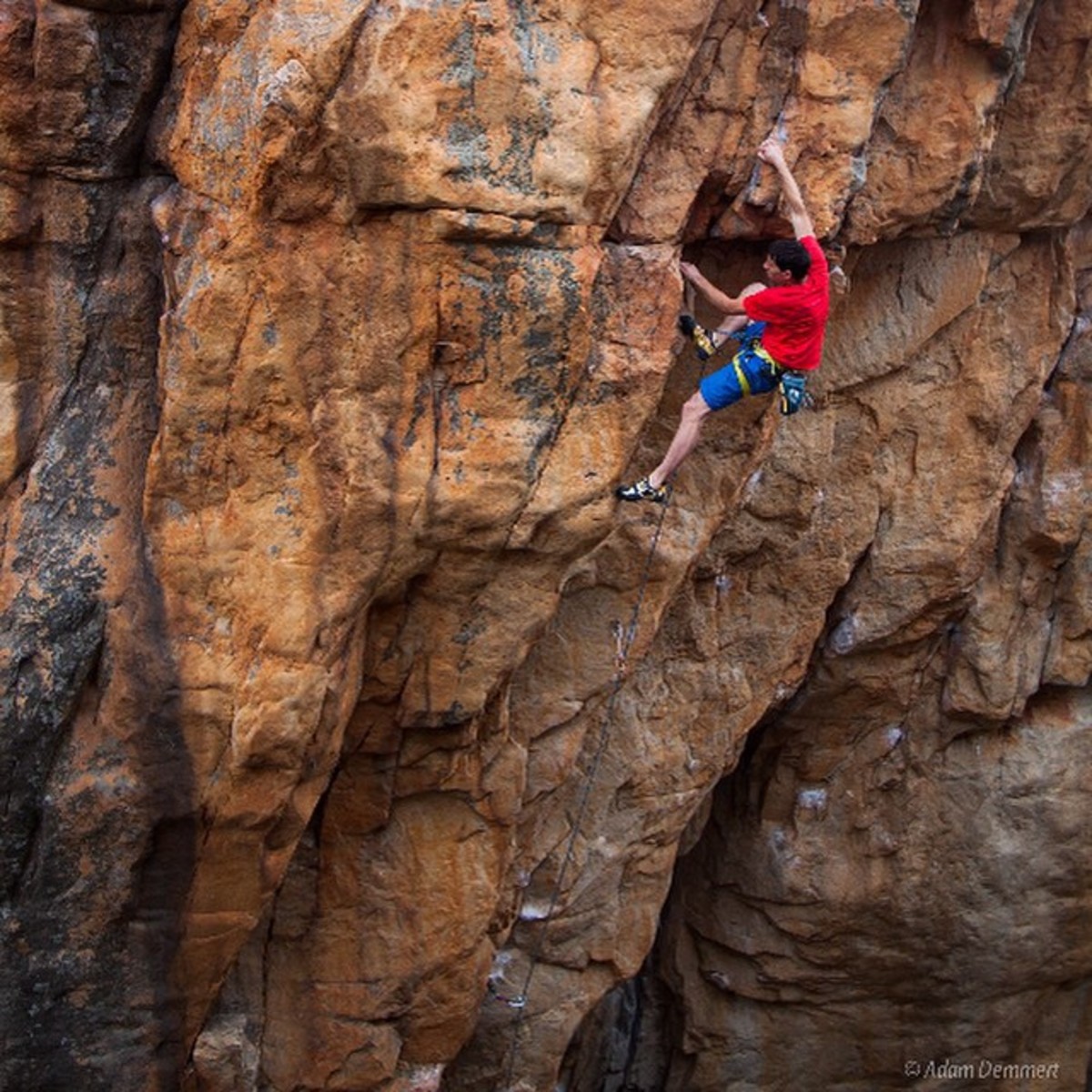
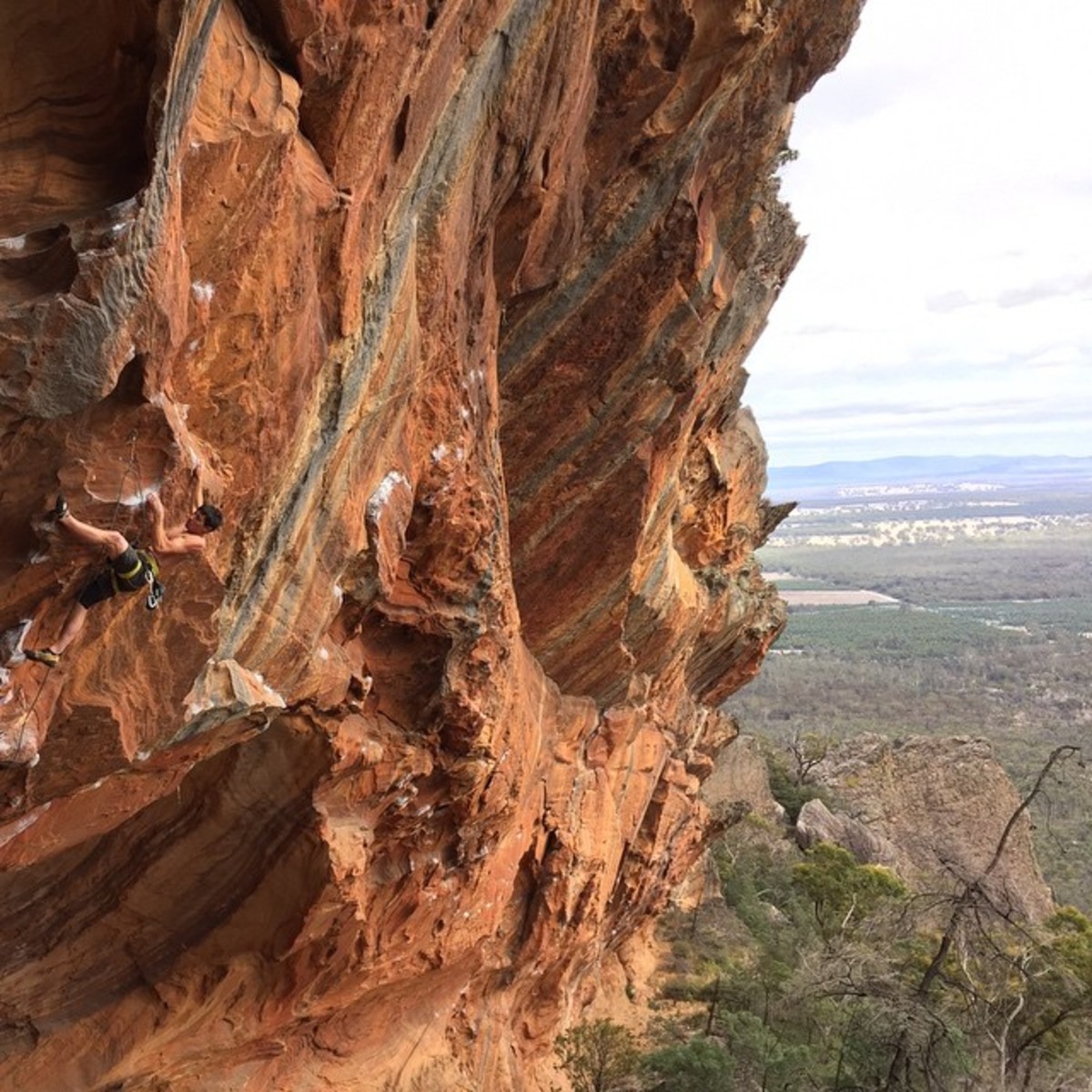
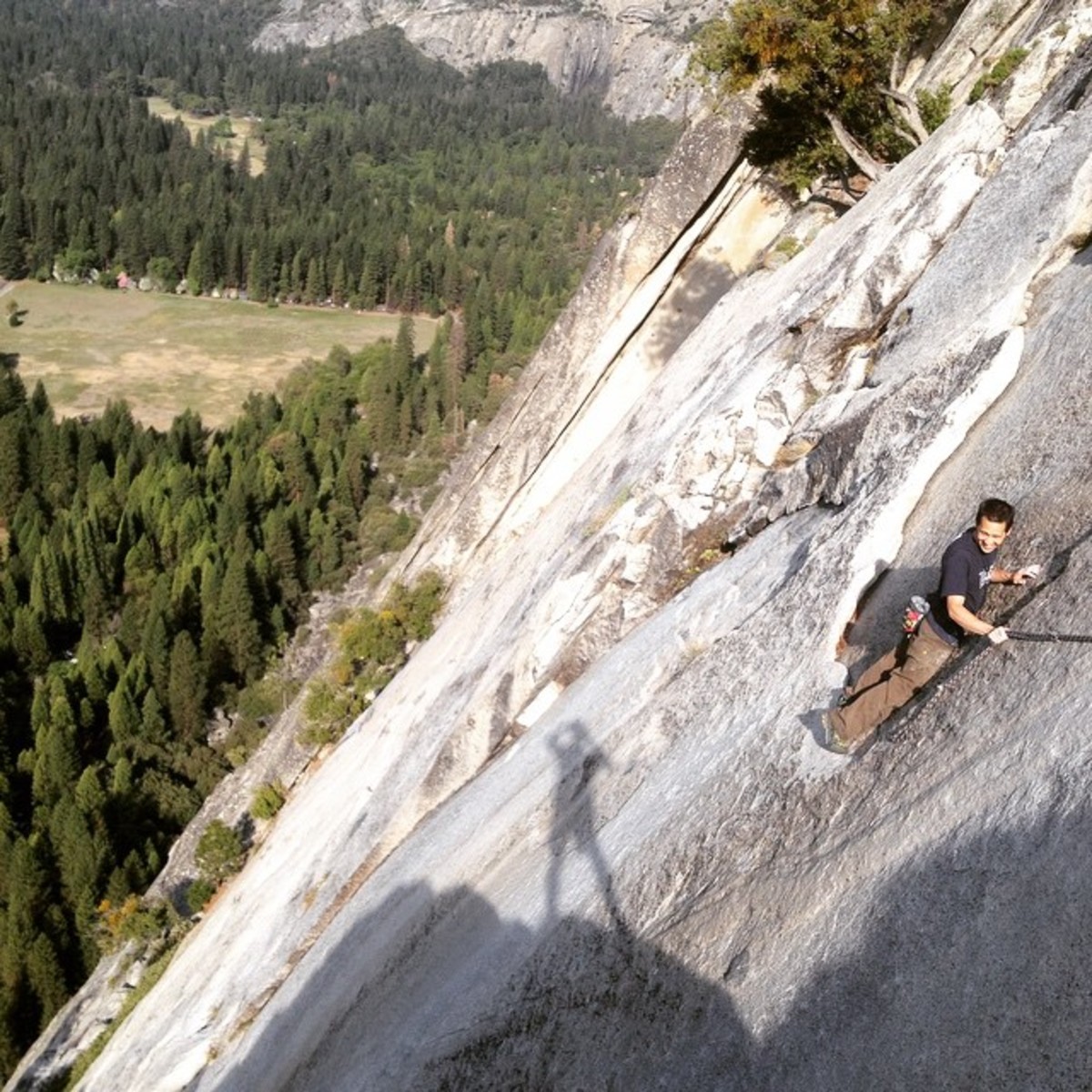
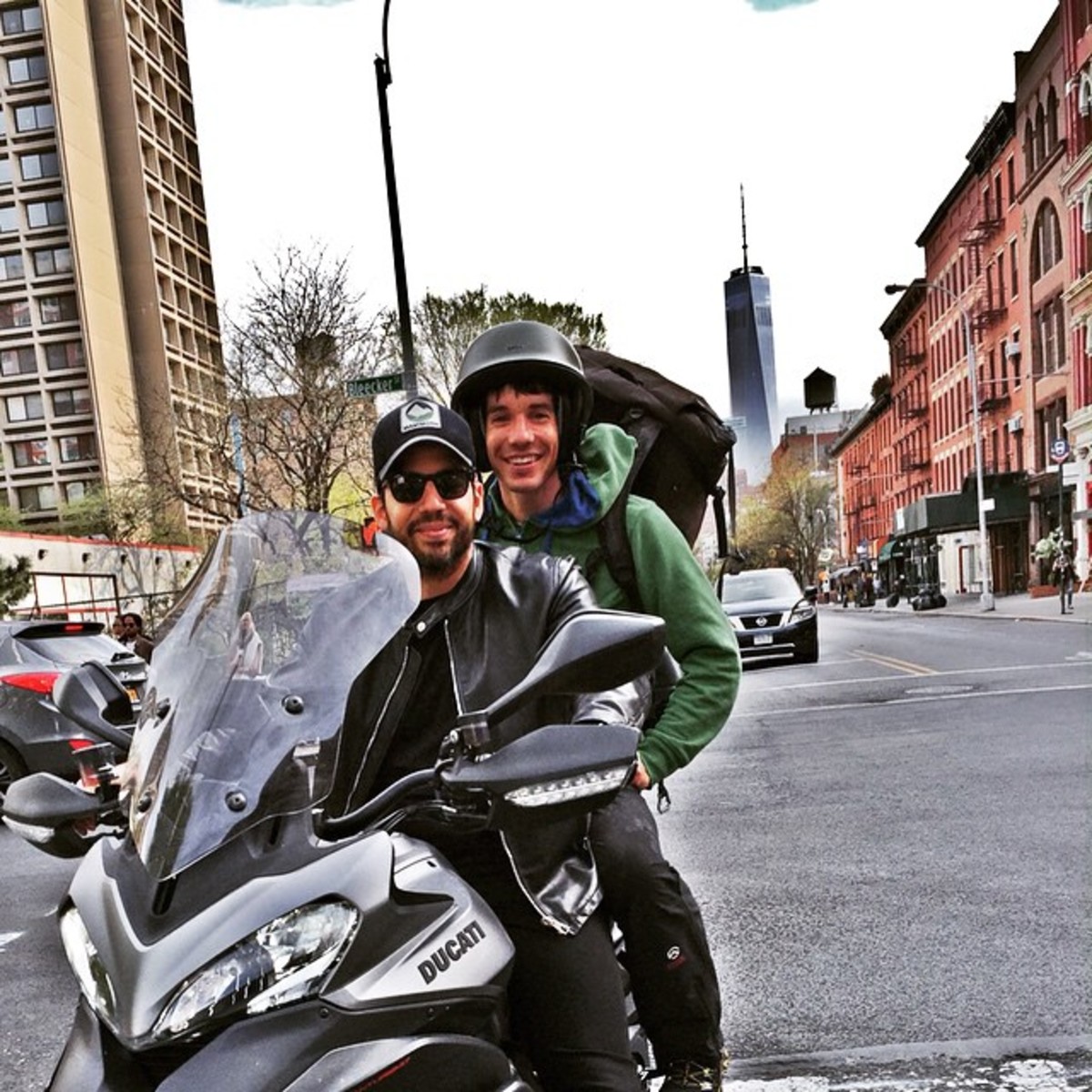

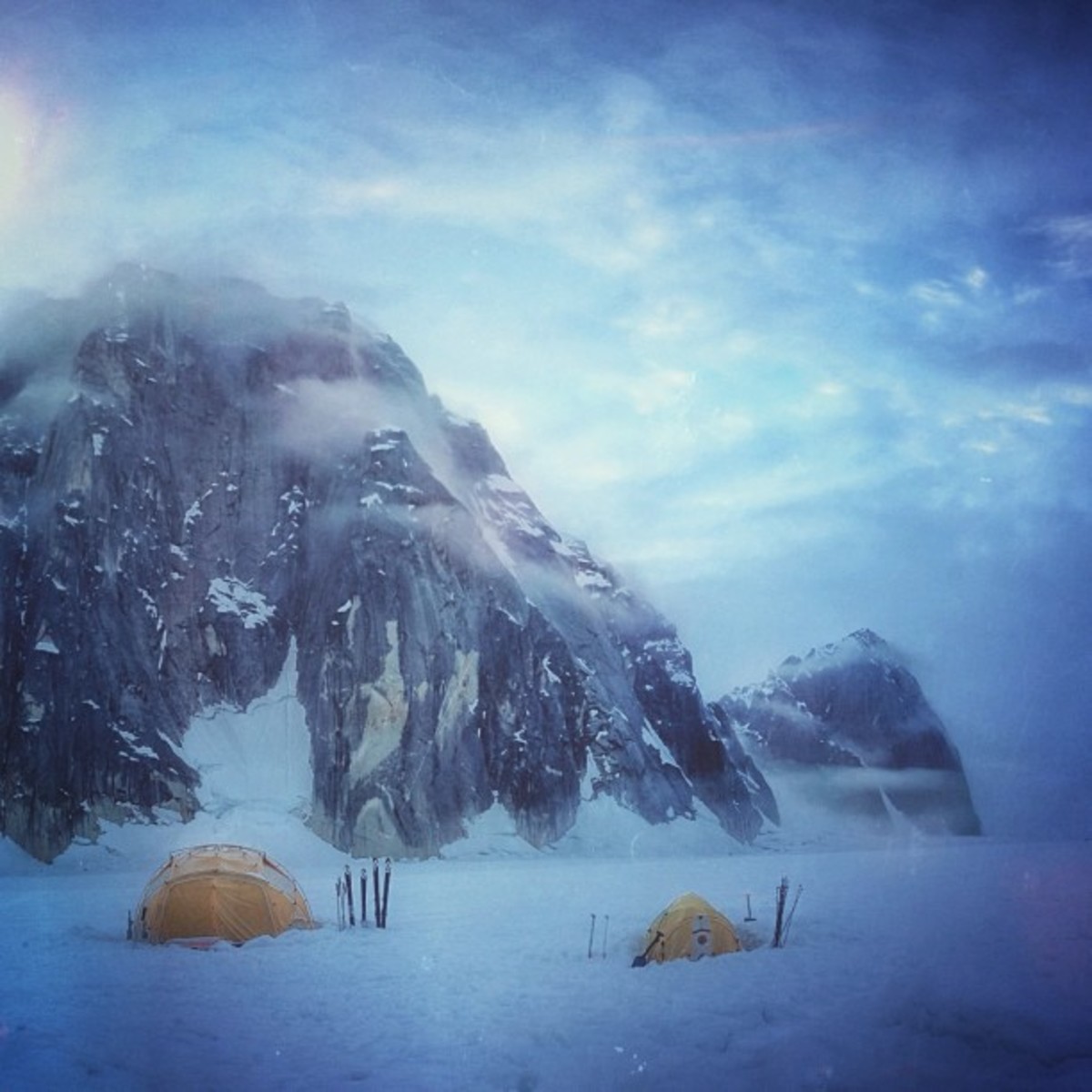
In a sport with no established training methodology—it's dictated by rock type, goals and the time of year, says Honnold—ordinary gym routines like squats and biceps curls won't cut it. Instead, Honnold uses a hangboard workout modeled from an Olympic lifting program from close friend and climber Jonathan Siegrist to strengthen his extremities.
"A hangboard is a little piece of wood with edges, holes and slopes," he says. "There's different strategies for different things—hanging, varying grips, adding weight. If I do a hard finger workout, I'm definitely sore."
Honnold also incorporates other exercises, like pull-ups on the small, half inch edge of a door frame and hanging leg raises, which strengthen the core and mimic a climbing motion. He’s also practiced falling.
“I’ve definitely desensitized myself [to falling],” Honnold says. “When you’re climbing without a rope, you’re going until failure all of the time and if you have any fear, you can’t push yourself to the limit.”
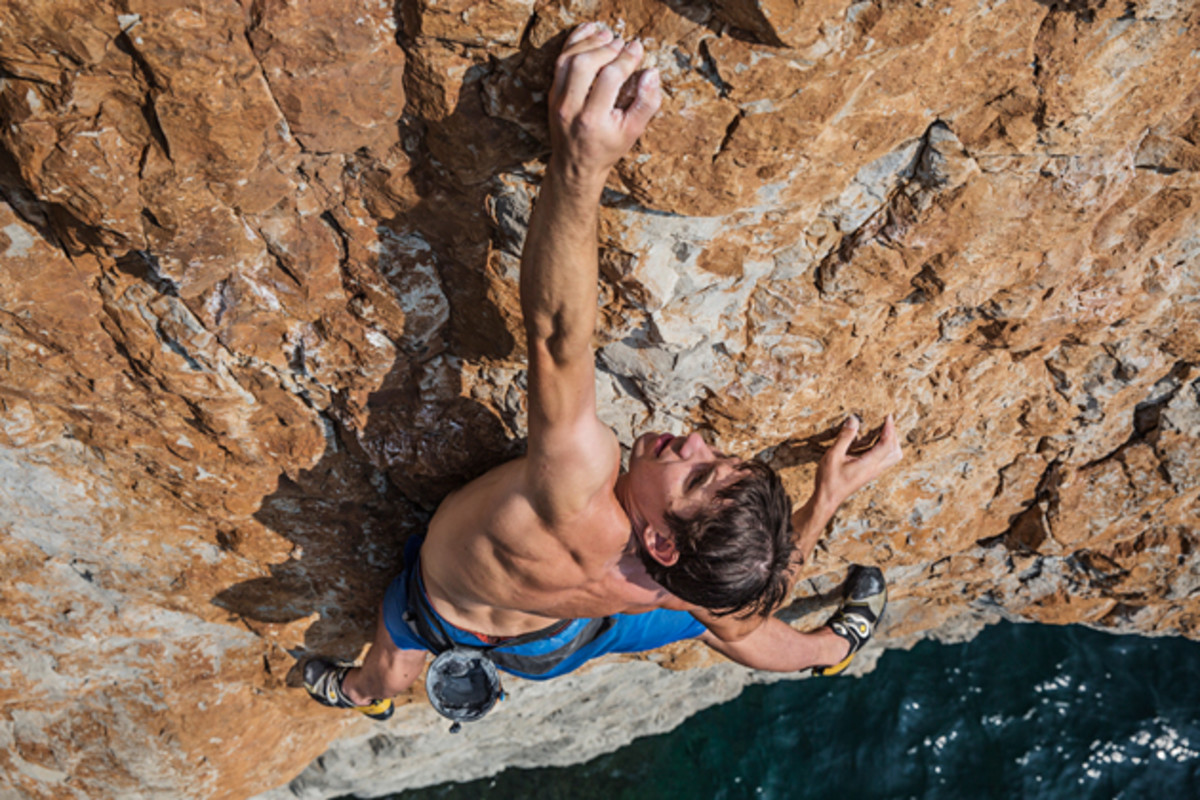
Right now Honnold has no significant climbs planned, so he's focusing on building his fitness base through mountain running. "I'm learning how to do the aerobic training but still maintain strength for rock climbing," he says.
Unencumbered by music or other distractions, the long distance conditioning, much like climbing, gives Honnold a moment to reflect and prepare his mind.
"I spend all of the time thinking and visualizing and fantasizing about my objective," he says. "It's a long, slow process, but eventually something that's a crazy fantasy goes to being inevitable." Like Utah’s Moonlight Buttress, a prow of rock no wider than an inch or two that extends for 1,000 feet from base to summit, which Honnold free-soloed in 2008.
Honnold's audacious approach to preparing for the heart-stopping, unroped climbs comes easy—it's something he can do without lifting a finger.
Honnold’s hangboard workout
Using a hangboard, choose how many different types of grip positions you want to incorporate into your workout—it can be as little as three or as many as six and can vary depending on the style of the hangboard. Try some of Honnold’s go-to grips, like a three-finger, half-bent (or half-crimp, where the first joint of the finger is hyperextended, or bent the “wrong” way), or open hand position.
Pick a set number of grips. For each different grip, you will complete three sets. For each set, follow the steps below:
- 7 reps—7 seconds on 3 seconds off—hang and let go
- 3 minutes rest
- 7 reps, body weight
- 3 minutes rest
- 6 reps, medium weight added
- 3 minutes rest
- 5 reps, heavy weight added
Repeat for each different grip, three sets for each.
Working hard at the gym? Training for that first (or fifteenth) marathon? SI wants to train with you! Head to Twitter or Instagram, upload a photo of yourself getting fit and give us a little insight into why/what you train for. Include the hashtag#trainingwithsi and your photo could be featured in an upcoming issue of Sports Illustrated. Click here for Contest Rules.
